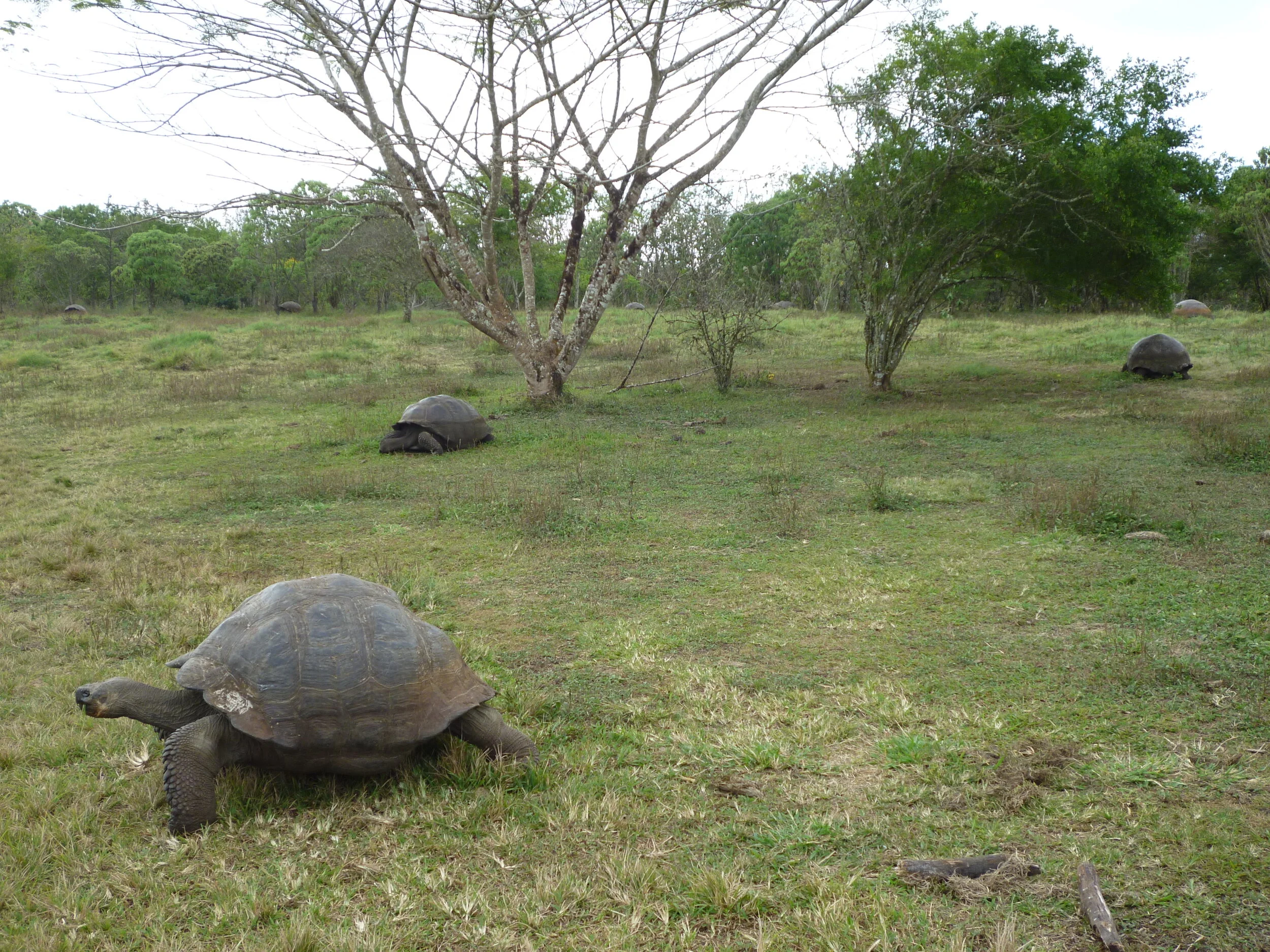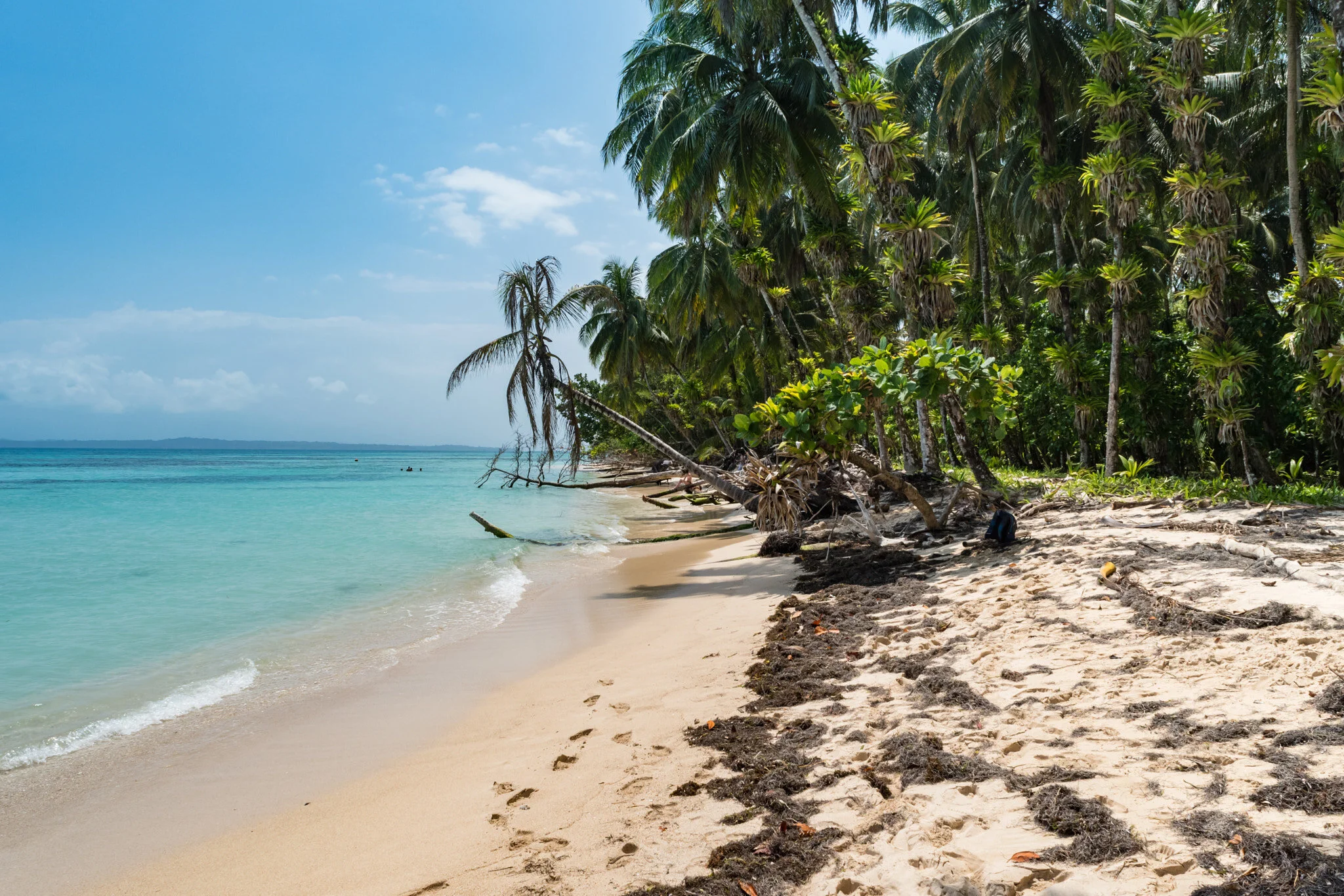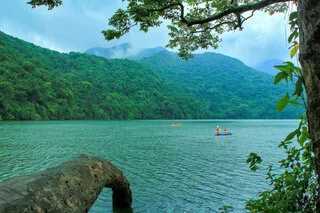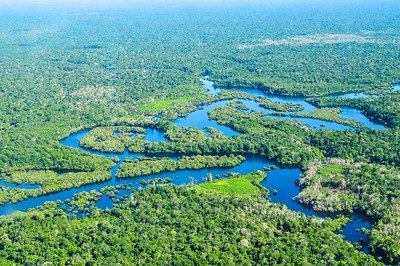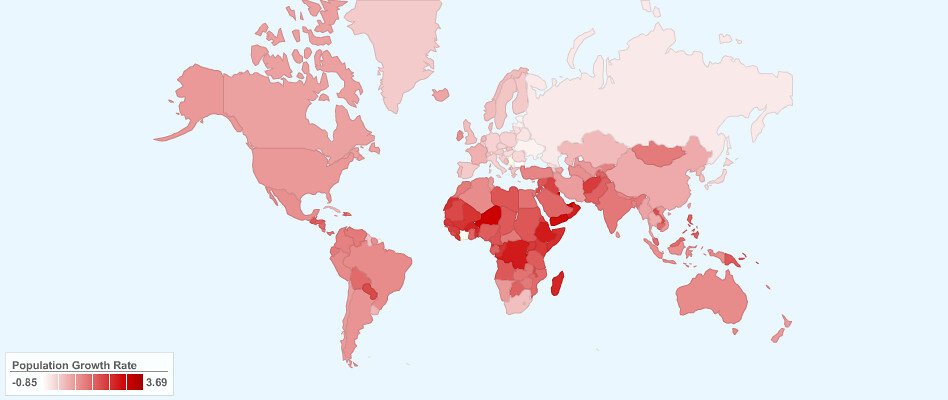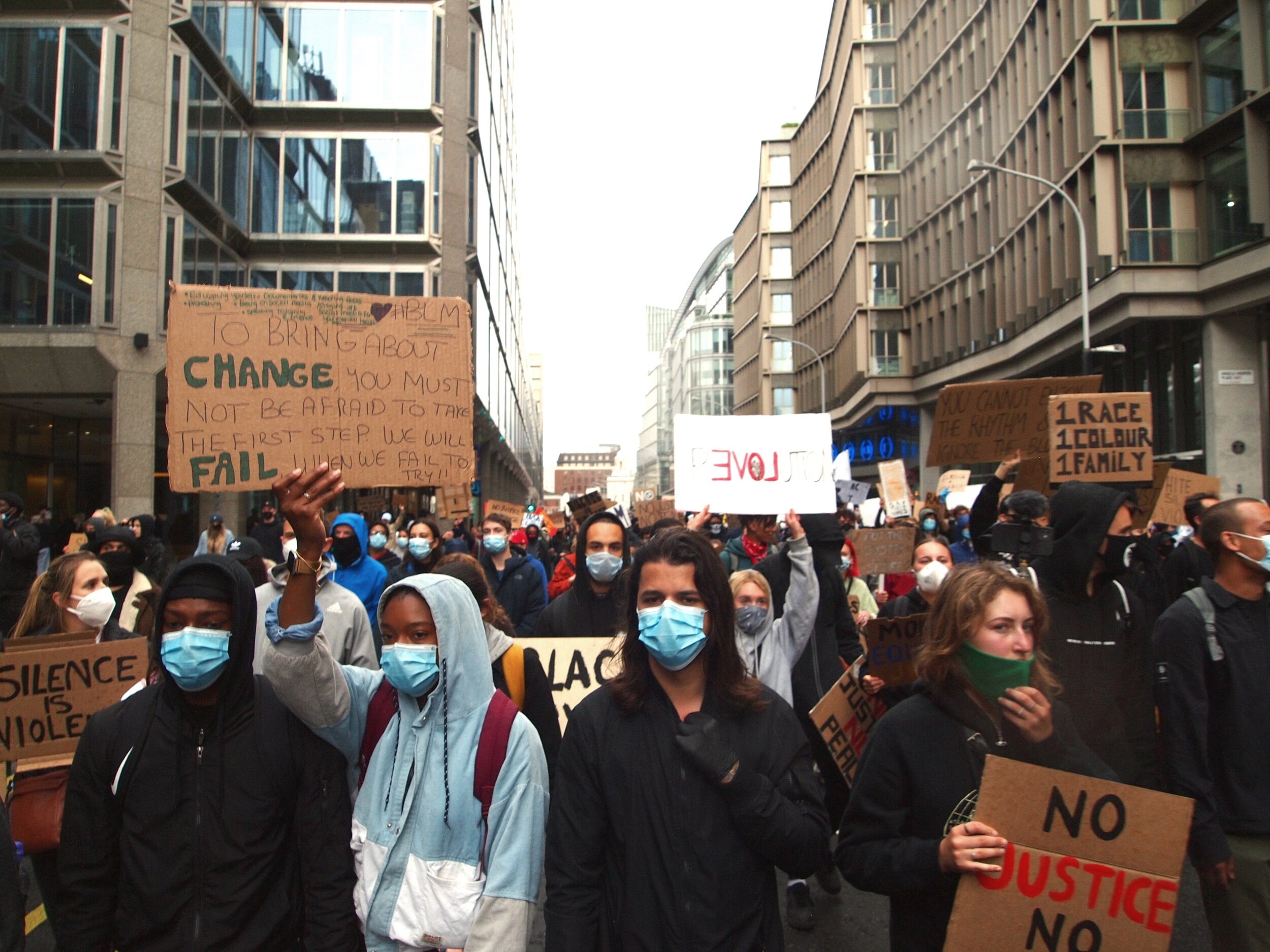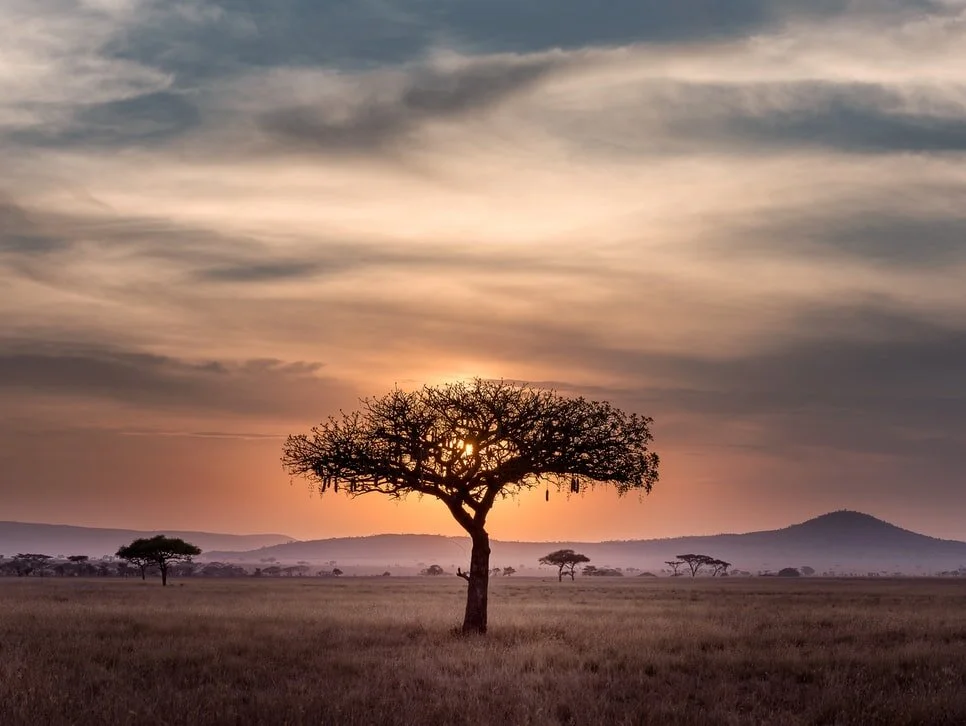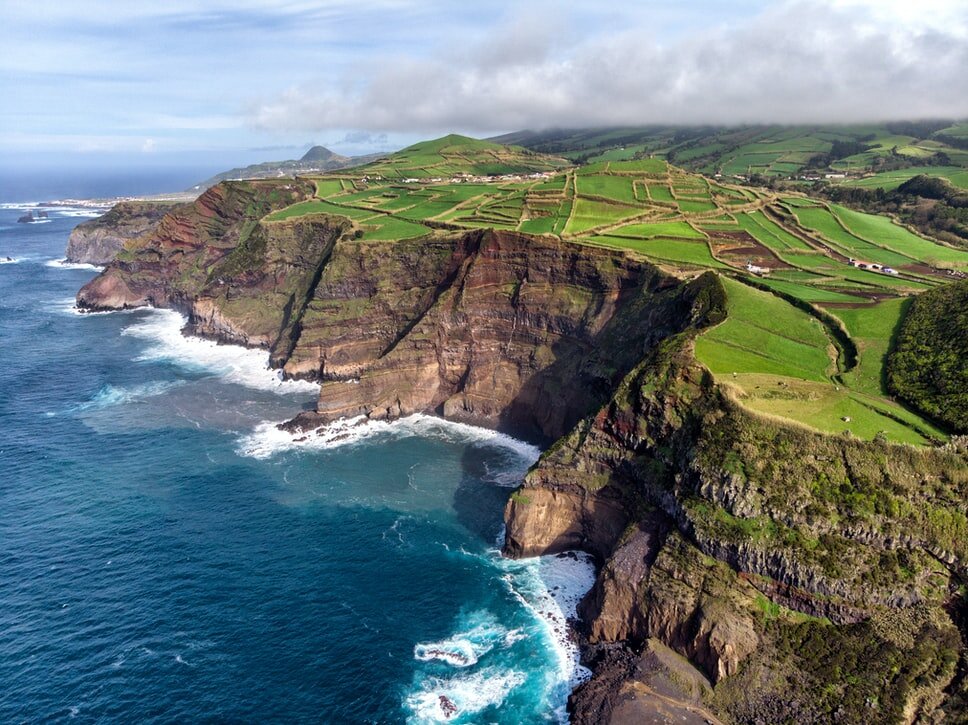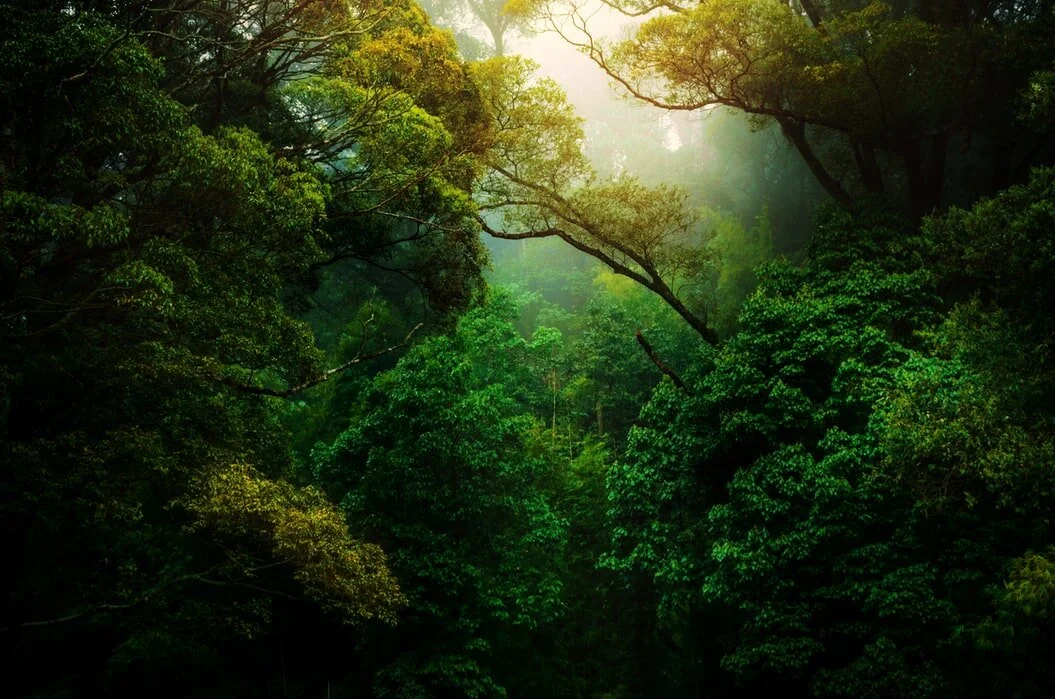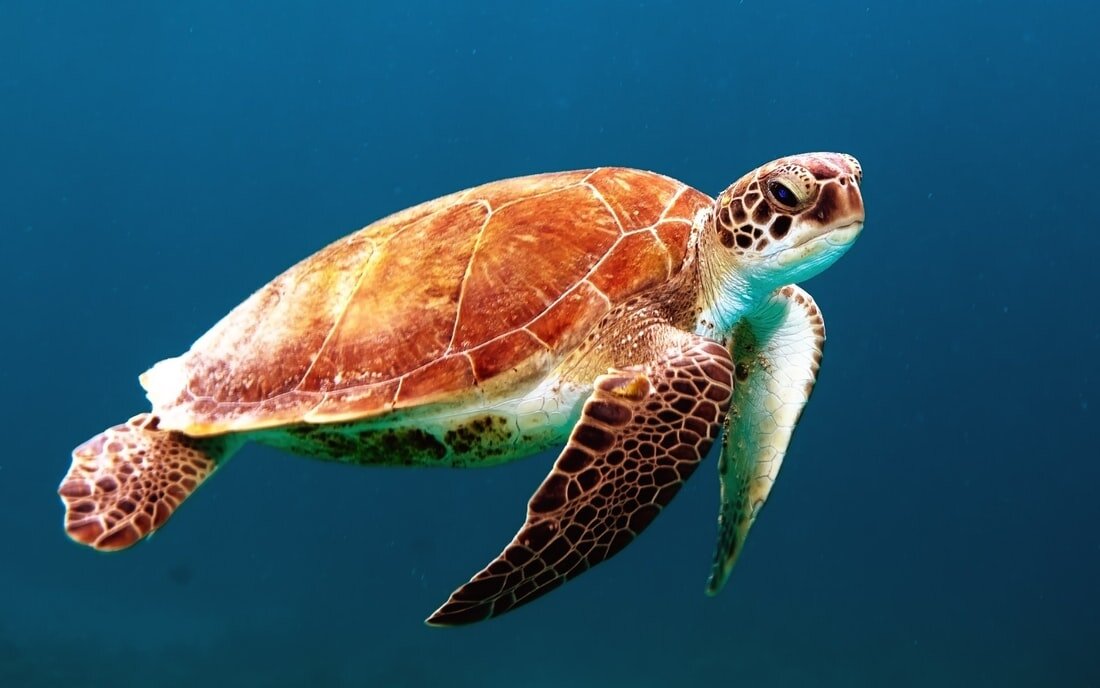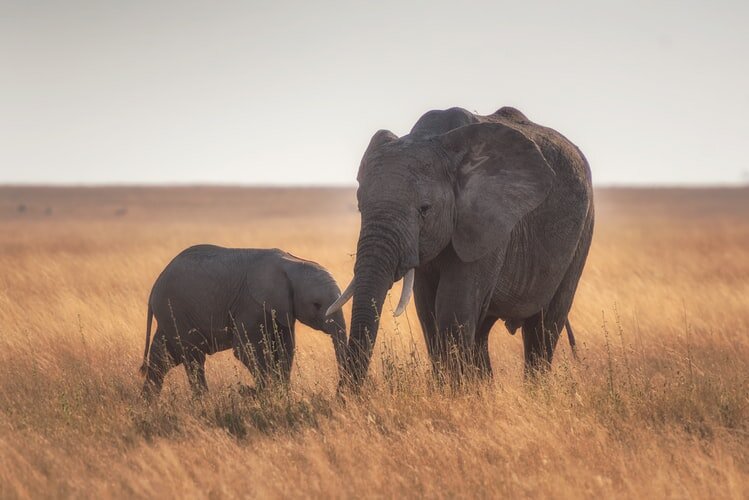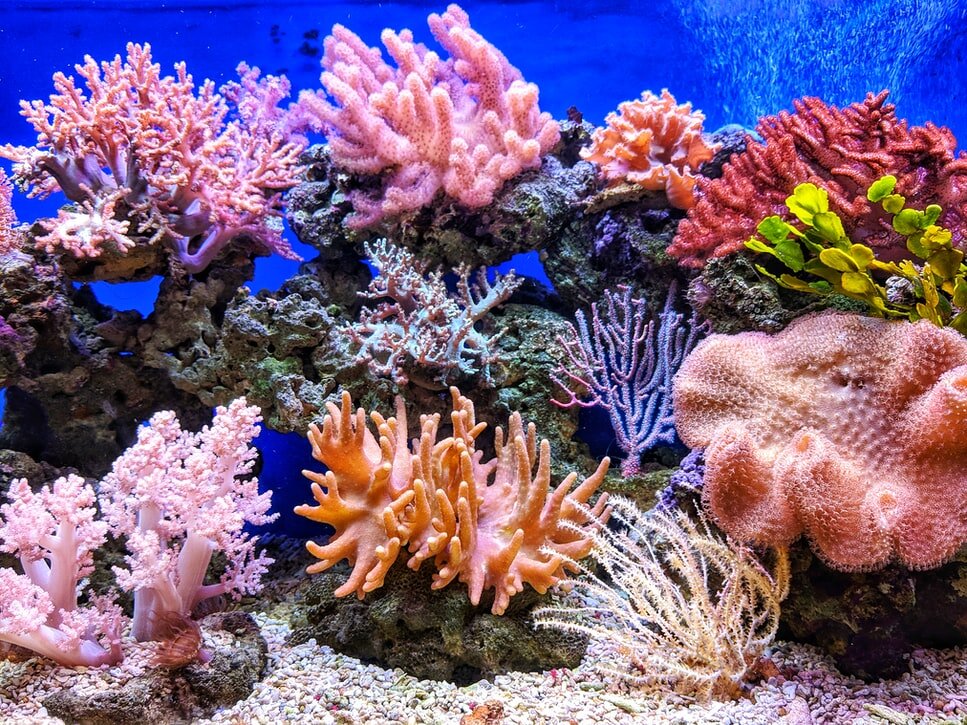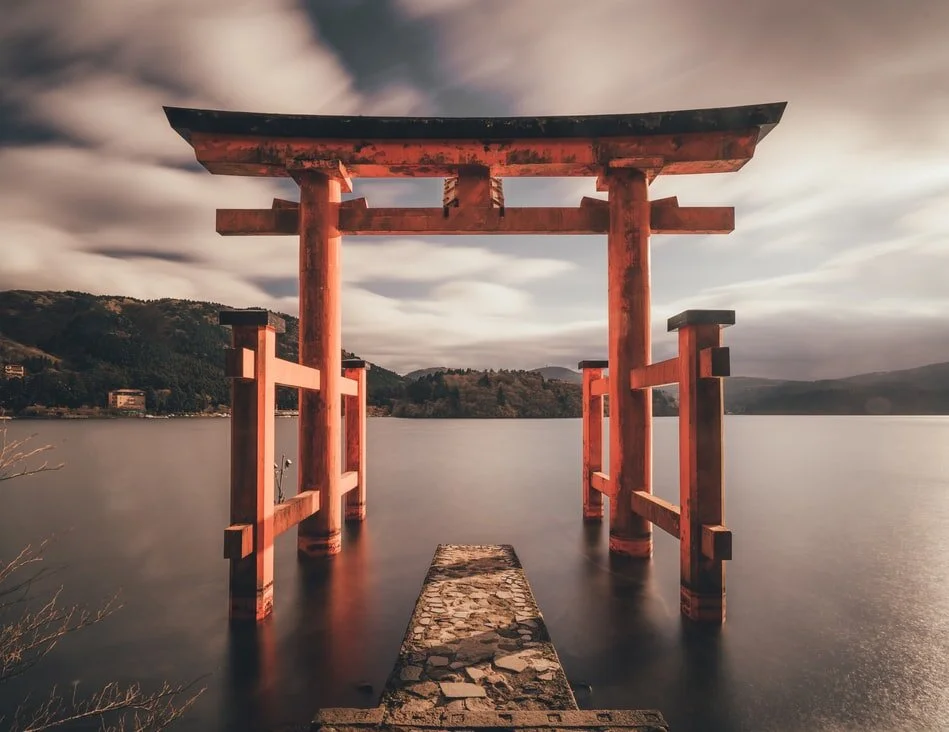Ecotourism aims to preserve the environment while allowing travelers to get a glimpse of the natural world. These 10 destinations are sustainable travel options that will broaden visitors’ understanding of the environment along with other cultures.
Sustainable tourism seeks to strike a balance between the environmental, cultural and economic impacts of tourism, and many destinations around the world are moving toward the model. Ecotourism is a subset of sustainable tourism that focuses specifically on the environment. The International Ecotourism Society defines ecotourism as “responsible travel to natural areas that conserves the environment, sustains the well-being of the local people, and involves interpretation and education.” Ecotourism is not just about seeing stunning parts of the natural world, but about trips that curate awareness of and respect for the global environment and cultures. These 10 destinations are sure to provide memorable travel experiences while heightening visitors’ understanding of the social, political and environmental climates of the places they’re exploring.
1. Galapagos Islands, Ecuador
In 1978, the Galapagos Islands became one of the world’s first UNESCO World Heritage Sites, protected for their unusual plant and animal life that famously inspired Charles Darwin’s theory of evolution. The 19 islands, located about 600 miles off the coast of Ecuador, are home to giant tortoises, land iguanas and many subspecies of finches, as well as huge cactuses and trees unique to the islands. Ninety-seven percent of the islands have been part of a national park since 1959, and human settlement, including tourism infrastructure, is restricted to the remaining 3%. The islands are a paradise of natural beauty, and over 150,000 travelers visit annually. The Galapagos National Park Directorate and the Ecuadorian Ministry of Tourism have implemented regulations that ensure visitors get to explore the islands without harming the environment. The entrance fee that visitors pay for the national park is used to fund conservation projects, the number of tourists at each site at a given time is limited and all travelers are required to have a guide with them as they admire the islands. These guides are trained to educate the visitors and protect the sites, and are often local people, which ensures that travel benefits the local economy.
Social issues: A current issue faced by the local population is the islands’ limited health care system, which consists widely of small, understaffed clinics. Ecuador is preparing for a runoff election for the presidential race, which will take place on April 11. Young people and women are major voter blocs in the election, hoping for policies that will address Ecuador’s economic crisis, inequality and rise in violence toward women.
2. Costa Rica
Over a quarter of Costa Rica’s land is protected from future development. Costa Rica boasts incredible biodiversity, with thousands of different plant and animal species. The journey toward ecotourism in Costa Rica began in 1963 with the establishment of the Cabo Blanco National Reserve. The establishment of national parks quickly followed, and today Costa Rica has 70 separate entities within its park system. Visitors to Costa Rica will see a variety of ecosystems including cloud forests, rainforests, wetlands and coastal marine areas, all bursting with breathtaking plant and animal life. Places to visit include Arenal Volcano National Park, Cano Island Biological Reserve, Monteverde Cloud Forest Reserve and Ballena Marine National Park, though these are only a few of Costa Rica’s many stunning natural destinations. Most of these protected areas limit the number of visitors inside at any given time in order to prevent damage to the environment. The Costa Rican Tourism Board has introduced the Certificate for Sustainable Tourism (CST), which rates businesses, such as tour operators and hotels, on a scale of 0 to 5 based on their environmental, social and economic involvement and impact. The CST system allows tourists to make informed decisions and ensure that their trip is a sustainable one.
Social Issues: A 2020 report revealed that Costa Rica was facing political fragmentation, economic slowdown and increased inequality. Costa Rica’s two major political parties, the National Liberation Party and the Social Christian Unity Party, both recently suffered splits, creating more competing parties. Economic growth has declined, leading to an increase in unemployment rates, and the COVID-19 pandemic has only worsened the situation. The drug trafficking issues that have faced other Central American countries like Honduras and El Salvador have crept into Costa Rica, spurring an increase in violent crimes.
3. Sabah, Malaysia
Sandakan, in Malaysia’s Sabah state, is home to the Sukau Rainforest Lodge, a lodge designed to be as eco-friendly as possible while still offering guests a comfortable and memorable experience. The lodge opened in 1995 and was the first in the area built on ecotourism principles. It is known as an ecolodge, a lodge which embodies the principles of ecotourism: protection and conservation of nature, benefiting the local community and offering programs to educate travelers about the natural and cultural environments they are visiting. A few of Sukau’s eco-friendly practices include rainwater harvesting, which makes the lodge 100% self-reliant for water, no radio or television in the rooms to eliminate some noise pollution and let guests focus on nature, employing a staff made up of 90% Indigenous people, and contributing $16,400 annually to conservation projects in addition to conservation levies collected from guests. A full list of Sukau’s sustainable policies can be found here on the lodge’s website. The lodge rises on stilts over the bank of the Kinabatangan River in Borneo, immersed in nature. Visitors to the lodge will have ample opportunities to spot orangutans, pygmy elephants, proboscis monkeys and hornbills in their natural habitat. Sukau offers a number of tour packages to explore Borneo by land or boat and experience its unique landscapes.
Social Issues: In 2020, Malaysia’s government, headed by Prime Minister Muhyiddin Yassin, cracked down on protests and critical speech, began regulating freedom of expression and started taking a harsh stance on refugees, saying that they have no status or rights within the country.
4. Rwanda
Rwanda has enjoyed a major tourism boom in recent years, and the country has made a strong effort to promote ecotourism. Known as “the land of a thousand hills,” Rwanda is full of beautiful, green landscapes, bamboo forests, volcanoes and incredible animal life, such as the endangered mountain gorilla. A number of new ecolodges have been constructed and are helping to fund reforestation efforts for indigenous trees. Rwanda’s number one ecotourism attraction is Volcanoes National Park, which is home to the mountain gorilla population. The park protects the Virunga Mountains, a chain of dormant volcanoes in the far northwestern corner of the country. The park encompasses a wealth of ecosystems, including evergreen and bamboo forests, sprawling grasslands and swamps. Visitors to the park can purchase tracking permits that allow them to go on mountain gorilla safaris and surround themselves with these amazing animals. The proceeds from the tracking permits go to improving the community development of areas around the park. There are a number of other locations for sustainable wildlife safaris in Rwanda, like Nyungwe Forest National Park and Akagera National Park. Visitors seeking to immerse themselves in local culture should explore the Iby’Iwacu Cultural Village, a traditional Rwandan village located within Volcanoes National Park. Stays in the village can be booked through Gorilla Guardians, a nonprofit organization that aims to improve the lives of reformed poachers and communities around the park. Visitors must abide by a set of sustainable living guidelines as they receive guided tours of the community from locals, learn about the area’s history and experience traditional arts practices, in order to ensure that travel is beneficial to both the tourists and the local community.
Social Issues: Rwanda was the site of mass genocide in 1994, when members of the Hutu ethnic majority murdered around 800,000 people, mostly members of the Tutsi minority. As of 2020, the masterminds of the Rwanda genocide were still being brought to justice in international courts. In 2018, Rwanda implemented major legislative reforms, including a revised penal code, a new code of criminal procedure, and counterterrorism legislation. The country still faces strong limits of freedom of expression, with critical speech resulting in incarceration and even enforced disappearances.
5. Bocas del Toro, Panama
Sometimes called the “Galapagos of the Caribbean,” Bocas del Toro, off the northern coast of Panama, is a haven of biological diversity and spectacular scenery. Made up of nine islands, the archipelago is home to Isla Bastimentos National Park, Panama’s first national marine park. Visitors to Bocas del Toro can zip line through the rainforest, scuba dive in tropical coral reefs, swim with manatees, learn to surf in the Caribbean and sail from island to island to see what each has to offer. Playa Larga on Isla Bastimentos is an annual nesting site for four endangered species of sea turtles. Isla Bastimentos National Park also protects diverse forests, 28 species of amphibians and reptiles, monkeys, sloths and crocodiles. Visitors can go on tours of the islands led by members of Bocas del Toro’s Indigenous tribe, known as the Ngobe-Bugle, to learn more about the area’s history and culture while admiring the plant and animal life.
Social Issues: A significant issue in Panama is poverty. There is a large wealth gap between urban and rural areas; rural areas are less aided by economic booms and have worse access to good health care and education. Rural areas that are largely inhabited by the Indigenous population are especially impacted by this wealth gap, with 86% of Panama’s Indigenous population living in poverty.
6. Sorsogon, Philippines
Located in Sorsogon province in the Philippines, Bulusan Volcano Natural Park is home to a wide range of natural features that make it a great destination for nature lovers. The park surrounds the active Bulusan Volcano and includes lush rainforest, two gorgeous lakes and two large mountain peaks. Visitors can kayak, hike, climb, see indigenous plants and animals, and visit local villages within the park. A number of local communities still flourish in the park, using the lower slopes of the mountains as agricultural lands. Many Indigenous people in the Bulusan Volcano Natural Park area have been trained as guides, allowing visitors to get a firsthand perspective of the park’s culture and environment and providing income for local communities. While in Sorsogon, visitors can also arrange to visit Donsol, where they can see whale sharks up close.
Social Issues: The government of the Philippines is still engaged in its violent “war on drugs,” which began in 2016. The campaign targets mainly impoverished Filipinos in urban areas, and killings by the police related to the “war on drugs” are rampant. Freedom of speech is limited, as those critical of the government face harassment and a number of journalists have been murdered in work-related attacks.
7. Raja Ampat, Indonesia
The Raja Ampat archipelago, located just off the tip of Bird’s Head Peninsula in the West Papua province of Indonesia, consists of more than 1,500 islands. Raja Ampat is extremely remote, meaning it has remained in nearly pristine condition, with white sand beaches, sparkling blue waters, interesting caves and jungle-covered hills that make it known as one of the most beautiful archipelagos in the world. Raja Ampat is also a biological hot spot, rife with varied marine life. The area’s extensive coral reef makes it a major attraction for divers and other visitors who want to experience the natural majesty of the islands. As tourism began to rise in the formerly remote area, the government and nonprofit conservation organizations recognized the necessity of protecting the area’s incredible biodiversity and quickly implemented sustainable ecotourism policies. Numerous programs about Raja Ampat’s ecosystem were developed to educate visitors and locals alike about the need for conservation. The tourism industry is also mainly staffed by local islanders, allowing them to share their culture with visitors while advancing their livelihoods. Tourists can choose from a number of ecolodges to stay in and tour with, such as Papua Explorers.
Social Issues: LGBTQ+ rights have long been under fire in Indonesia, used as a rallying cry and platform for conservative social and political groups. The rights to freedom of expression and peaceful assembly are limited, and human rights defenders are often criminalized.
8. Mai Chau, Vietnam
In the Mai Chau Valley, located roughly 90 miles outside of Vietnam’s capital of Hanoi, traditional villages lie among rice paddy fields and border towering mountains. Mai Chau is full of functional communities and is a popular destination for visitors seeking to immerse themselves in local culture while surrounded by some of Vietnam’s most remarkable scenery. Mai Chau is home to multiple homestay villages, where visitors can stay overnight in stilt houses around Hieu village. Those staying in Mai Chau homestays will eat home-cooked meals and can explore the villages and purchase local crafts. The valley has no shortage of day hikes, and travelers can even rent bicycles to ride from village to village. Mai Chau is located near Hoa Binh Lake and the Pu Luong Nature Reserve, where visitors can see even more of the beautiful ecosystems Vietnam has to offer. Tourism in the Mai Chau Valley is sustainable because it educates visitors about the local culture and environment and stimulates the local economy while having very few negative impacts on the region.
Social Issues: Vietnam has harsh restrictions on freedom of expression, peaceful assembly, association, movement and religion. Political detainees are often held for months without access to legal counsel, and the treatment they face in custody is often violent. Vietnam’s cybersecurity laws allow the government to block websites critical of the ruling party.
9. St. John, U.S. Virgin Islands
In the Caribbean Sea, about 1,000 miles southeast of Florida, are the U.S. Virgin Islands. One of the islands in the group, St. John, is a pioneer of ecotourism. Two-thirds of St. John’s surface area and shoreline waters are set aside as the Virgin Islands National Park, making it the best preserved of the U.S. Virgin Islands. In the water surrounding the island are hundreds of coral gardens, which make up the Virgin Islands Coral Reef National Monument and are protected by strictly enforced laws to prevent damage to the coral. St. John has very little commercial development; the island has no airport, no large cruise dock and no high-rise buildings. The natural integrity of the island is nearly untouched, making it one of the best places in the world to get a real ecotourism experience. Visitors to St. John can explore the national park and learn about the area’s history, seeing petroglyphs carved by the Taino people and the sites of former sugar plantations. Visitors can also relax on pristine beaches, snorkel among the reefs, hike through historic ruins, and sail on crystal-clear waters. There are a number of eco-friendly resorts to choose from in St. John, many of which are campgrounds that offer tents and small cabins.
Social Issues: The U.S. Virgin Islands are fairly dependent on tourism to support their economy. In 2017, two devastating hurricanes, Irma and Maria, hit the islands, inflicting extensive damage and leading to a decrease in revenue which the islands are still trying to recover from.
10. Auroville, India
Auroville, in the Tamil Nadu state of India, is a very unique destination. Auroville is an experimental township that aims to be a “universal town,” where people of all backgrounds can live together in harmony with each other and with nature. Auroville was founded in 1968 by Mirra Alfassa, who is referred to as “The Mother,” and was designed by architect Roger Anger. The township runs on green practices, such as renewable energy, growing some of its own food through farming, recycling wastewater and working to protect the environment with a successful reforestation campaign. The township is financed partially by the government of India, which mostly gives money for education and projects, and partially by nongovernmental organizations, tourists and donors from around the world. Around half of the residents of Auroville are foreign, but they take care not to impose their culture on India, instead hoping to learn about the local culture. They also share their developments in farming with the villages around Auroville.
Visitors to Auroville can book tours to experience life in the town, or stay for longer in one of Auroville’s guest houses. Those who come are strongly encouraged to acquaint themselves with the local culture of areas around Auroville to ensure that their visit is respectful. Auroville also runs a number of volunteer programs, where people from all over stay in the town and work on projects that include farming, animal care, education and renewable energy.
Social Issues: In 2020, hundreds of people remained detained without charge in Jammu and Kashmir, under an Indian law that allows detention without trial for up to two years. Freedom of expression is limited, and journalists often face threats, criminal cases and even assault.
Rachel Lynch
Rachel is a student at Sarah Lawrence College in Bronxville, NY currently taking a semester off. She plans to study Writing and Child Development. Rachel loves to travel and is inspired by the places she’s been and everywhere she wants to go. She hopes to educate people on social justice issues and the history and culture of travel destinations through her writing.


